Dry closings have become an increasingly popular alternative to traditional real estate transactions, offering a more efficient and cost-effective way to close on a property. This type of closing eliminates the need for physical paperwork and allows buyers and sellers to complete the process entirely online. In this article, we will discuss what a dry closing is, what to do for one, what states legally allow them, and the advantages and disadvantages.
Key Takeaway
Dry closings provide several advantages over traditional real estate transactions, including faster processing times, lower costs, and increased flexibility. While they may not be right for every situation, they are certainly worth considering for anyone looking to streamline the closing process and reduce the stress and associated costs of buying or selling a property.
What Is A Dry Closing In Real Estate?
In real estate, a dry closing refers to a type of closing where all the necessary paperwork and funds are exchanged between the seller and the buyer, but no physical property or keys are exchanged. In such a transaction buyer doesn't get immediate possession of the property, and the seller doesn't get the proceeds from the sale. Instead, the transaction is closed on paper, and the parties typically agree on a future date when they will physically exchange the documents and keys.
How Does A Dry Closing Work?
A dry closing in real estate is a unique type of closing where both the seller and buyer exchange all necessary documents and funds, but do not physically trade property or keys. The parties agree to set a future date to execute the actual transfer of keys and deed. During a dry closing, the documents are signed and sent to a title company, and the seller receives the funds from the buyer. However, since the keys remain with the seller, the buyer cannot take immediate possession of the property.
The primary advantage of a dry closing is that it allows for a smoother and faster transaction since there is no need to schedule a physical meeting for the exchange of keys and documents. However, it is not ideal for those who wish to take immediate possession of the property.
Why Does Dry Closing Occur
A dry closing may occur for various reasons in real estate transactions. One of the most common reasons could be that the physical property is not yet vacant. In such cases, the seller may choose to delay the physical transfer of the property until the occupants have vacated the premises.
Another reason for a dry closing could be for overseas transactions, where the buyer and seller may not be present in the same location at the time of closing. Such instances often require remote closings, and a dry closing may be the most practical option.
Moreover, certain states mandate dry closings for various types of transactions. In such cases, the parties are not allowed to physically exchange property or keys until certain conditions are met, including obtaining clearance from relevant authorities, payment of tax liens, and executing documents as required by law.
Besides, a dry closing can also be a strategy for reducing closing costs by eliminating the need for a title search, title insurance policy, and other closing expenses that come with a traditional closing.
Are Dry Closings Legal?
Yes, dry closings in real estate are legal as long as they comply with state and federal laws. The legality of a dry closing depends on the specific circumstances of the transaction and the parties involved.
However, it is important to note that a dry closing may not be suitable for all types of real estate transactions. It is also important to note that in a dry closing, the parties should ensure that all necessary legal paperwork and funds are exchanged and that they agree on a future date for the physical transfer of the property and keys. Failure to follow proper procedures can lead to legal complications or disputes between the parties.
Dry Funding States
Several states in the US permit dry closings in certain types of real estate transactions. One such state is Texas, where a dry closing is allowed for cash transactions or transactions involving a power of attorney. In Colorado, dry closings are permitted in situations where the seller is required to vacate the property before closing, and the buyer is not able to take immediate possession of the property.
Other states have varying regulations regarding dry closings. For example, in California, a dry closing is permitted only in situations where registering the property with the county is not possible due to technical difficulties. In New York, a dry closing is considered legal, but it is not the preferred method of closing a real estate transaction. It is also essential to note that despite the legality of dry closings, they may not be suitable for all types of real estate transactions.
What To Do For A Dry Closing
When preparing for a dry closing in a real estate transaction, there are several things that both the buyer and seller should be aware of. First and foremost, it is important to ensure that all necessary legal paperwork is prepared and ready for exchange. This includes documents such as the purchase agreement, mortgage documents, and any other required disclosures or agreements.
In addition to preparing the necessary paperwork, both parties should also be prepared to exchange funds remotely. This can be done through wire transfer or other secure electronic methods. It is crucial that both the buyer and seller confirm the exact amount of funds required for the transaction, including any closing costs or fees.
Another key consideration in a dry closing is the transfer of property keys. In most cases, the physical transfer of keys will occur after the dry closing has taken place. However, it is important to establish a clear plan and timeline for this transfer to take place. This may involve coordinating with a property management company or arranging for a trusted representative to hold onto the keys until the actual transfer can be made.
It is also important to note that while dry closings can be a convenient option in certain situations, they may not be suitable for all types of real estate transactions. For example, if physical possession of the property is required immediately, a dry closing may not be feasible. Additionally, some lenders may require a traditional closing to release funds for the transaction.
Conclusion
In conclusion, the reasons for dry closings in real estate transactions are varied, from closing cost savings to legal mandates, and they offer benefits such as smoother and faster closings. However, it is essential to consult with an attorney or your real estate professional to ensure that the legalities and requirements of a dry closing are met for a specific transaction and that you can keep the deal moving forward with confidence.





















